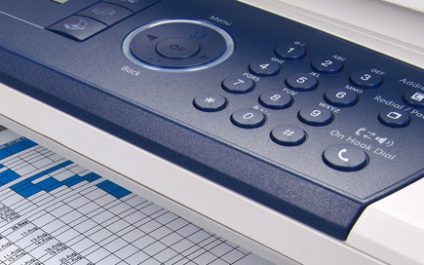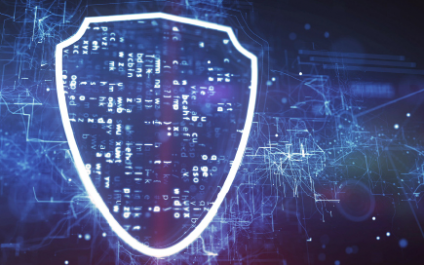Nationwide Insurance just agreed to pay $5.5 million as part of a settlement following a major data breach. UCLA recently warned 30,000 current and former students that their personal data may have been compromised. HBO is investigating a breach in which hackers accessed unreleased episodes of upcoming shows.
Is Your Print Environment a Security Risk?

IT officials at government agencies are becoming more aware of the risks of a frequently overlooked source of security threats – the printer. In the 2016 Center for Digital Government survey, more than one in five government IT officials acknowledged their printers were more vulnerable than other network devices.
Why Cyber Insurance Is Becoming a Business Necessity

Organizations carry insurance covering a host of different risks, from accidental injury to property damage to negligence. However, a recent survey conducted by research firm Ovum found that only half of U.S. businesses have cyber insurance, and only 16 percent have cyber policies that cover all risks.
Why Ongoing Firewall Management Is Essential to Network Security

IT security tools continue to advance at a rapid pace, as the industry races to stem the tide of cyberattacks. A new class of threat detection solutions uses real-time data analytics to spot malware and suspicious behavior older systems might miss. There are emerging tools with artificial intelligence capabilities that can automatically detect and respond to security threats.
WannaCry Illustrates Need for Windows 10 Migration

If you’ve been putting off a migration to the Windows 10 operating system, you got a wakeup call on May 12. That’s the day hackers exploited known vulnerabilities in older versions of Windows to launch the largest cyber extortion attack ever.
The WannaCry ransomware attack was astonishing in both scale and speed, striking hundreds of thousands of computers in more than 200 countries within a span of 48 hours.
Plug Security Gaps with Strategic Patch Management

Remember the legend of the little Dutch boy who stuck his finger in the leaking dike and saved his village from flooding? In many ways, he has become a metaphor for modern application security practices. Organizations must continually apply patches to plug security holes that would otherwise allow hackers to access your IT systems.
Wire Transfer Scams Cost an Average of $140,000 per Attack
Multifactor Authentication Can Ease ‘Aftershock’ Attacks

Earthquakes typically produce a series of smaller quakes in the same area long after the original. These “aftershocks” vary in intensity and can continue over a period of weeks, months or even years. Information security experts now believe that companies should be prepared for similar long-lasting reverberations following a number of high-profile data breaches.
The Danger of Rogue Access Points and BYON
What Does an Effective Endpoint Security Strategy Look Like?

It was only a matter of time before the rise of mobile led to the rise of mobile security threats. From smartphones and tablets to wearables and Internet of Things devices, the number and variety of endpoints have made it difficult for organizations to maintain control over mobile environments and deliver security updates in a timely fashion.






